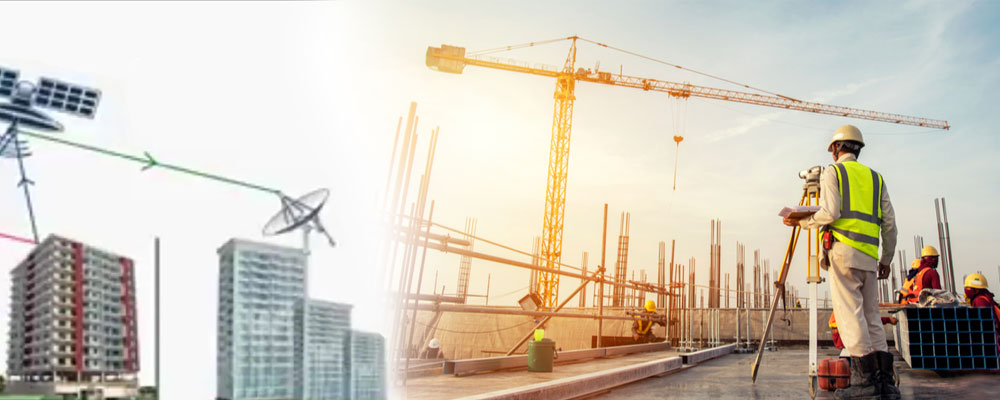Remote sensing applications in civil engineering are indispensable for professionals working in this field. The application of remote sensing in civil engineering has profound consequences for every project. Tools like GIS enable problem-solving by integrating various data streams in order to develop the most viable models. Examples include demographic information, natural resource and information about the socio-economic status of entire population sets. The ability to customize a solution is another important consideration for civil engineers who work in situations that require additional analytical or technical support.
The civil engineering field is concerned with the development of sustainable infrastructure. Remote sensing data integrates details about local terrain, general geology, and hydrology and drainage systems. The integration of all this information is critical for infrastructure planning, maintenance and management. The technology functions by integrating data from multiple sources and creating maps with interactive features that the user can interact with during a session. Remote sensing is a main data source for the GIS system. Other sources include spreadsheets, IoT software and satellites.
Applications of Remote Sensing in Civil Engineering
Problem-solving is a major concern of civil engineers facing difficult conditions, and technology offers many solutions that can be customized for the specific situation. The data collected from remote locations becomes usable when spatial relationships are visually displayed, for example. The applications expand when considering regional plans for large projects like new town construction or city planning. These tools are essential for the project’s viability in terms of the local political situation as well as the particular technical problems that are involved. The remote sensing and GIS solutions are integral for the successful completion of these projects.
Geographical terrain, road alignment and irrigation systems are specific sites of remote sensing in civil engineering. Project visualization is one of the key applications of GIS in civil engineering. Technology can enable the civil engineer to clearly visualize the final result of a given project. This enables the team to plan according to the actual conditions on the ground. It also assists in mitigation efforts when curtailing harmful effects on the environment. Customization is another important application that should be considered whenever the problems involved seem insurmountable.
Advanced planning of this nature affects the bottom line of any project, which minimizes costly errors. The processes that get implemented are also more likely to be effective. The mapping systems can provide accurate details that avoid costly mistakes, and the visualization elements allow planners to create accurate blueprints. Onsite analytics play a key role in mapping out the topographical region where the project is located, for example. Time-sensitive projects benefit from the fast response provided by these systems.
Civil engineering requires the professional to handle large amounts of data that overlap in 3D space. Access to industry standard software can make a huge impact on the project’s outcome. Visualization of 3D spatial relationships with lines, points and polygons create a reference that can be utilized in a variety of ways. The ability to model a project with accuracy generates an efficiency return on the project; this enables existing resources to be reallocated into other priority areas.
Software Development Company in UK can provide the necessary tools and expertise to make your remote sensing project a success. Contact us today to know more about what we can do for you.




